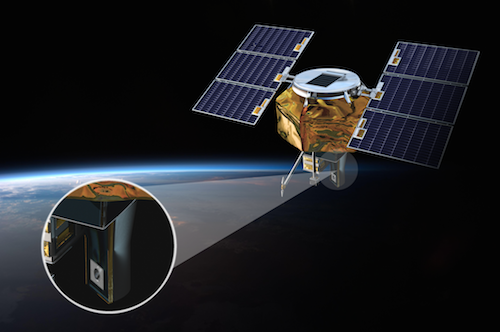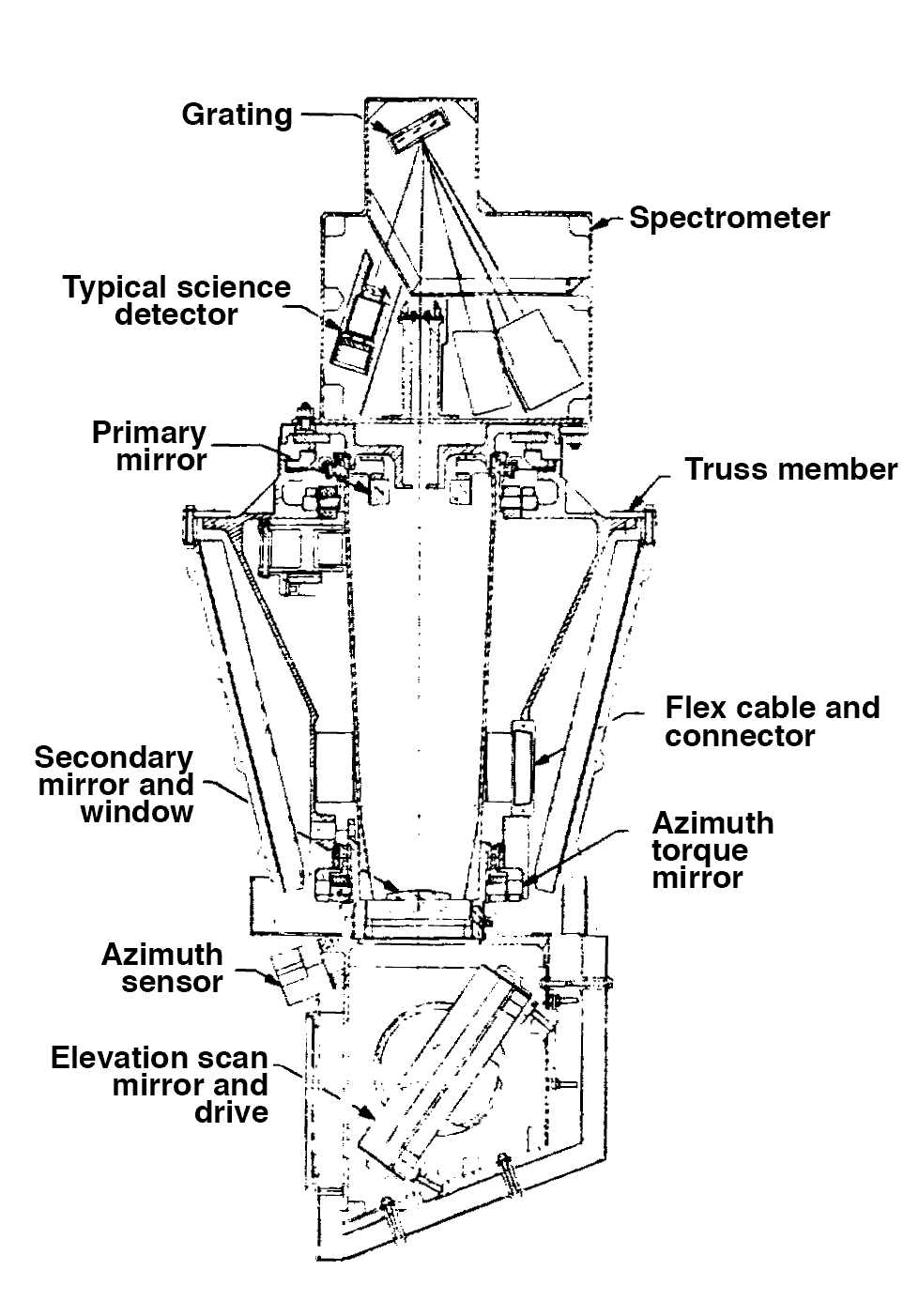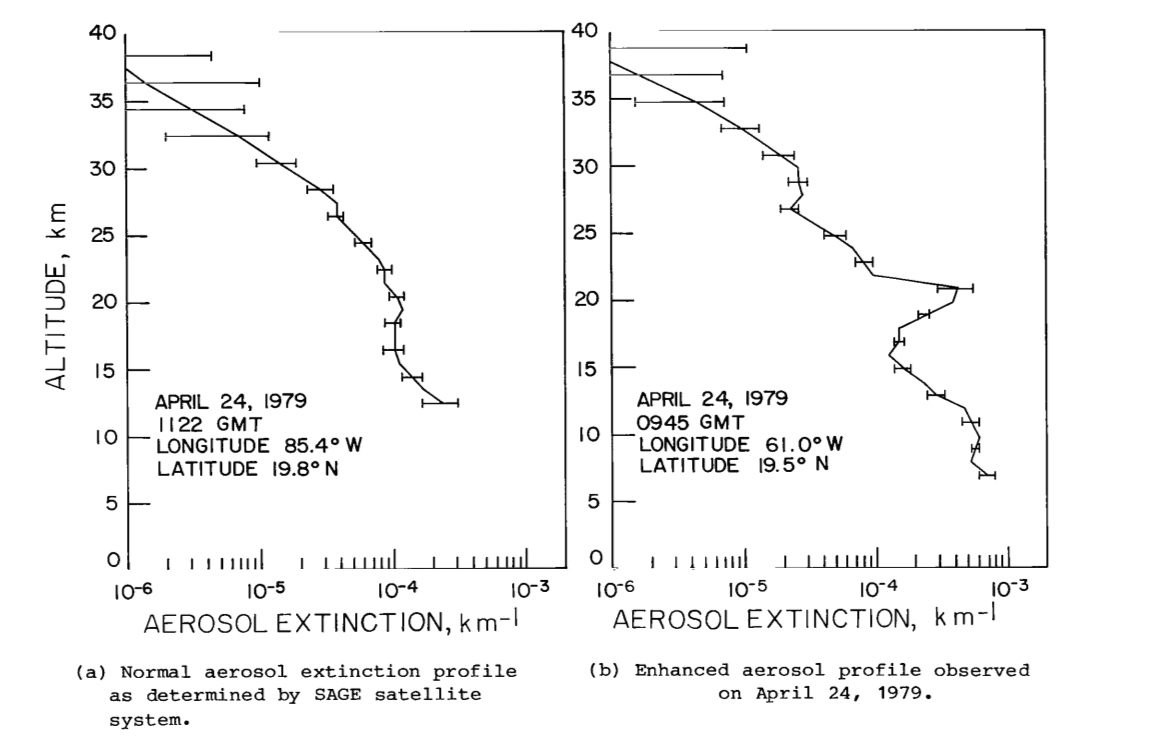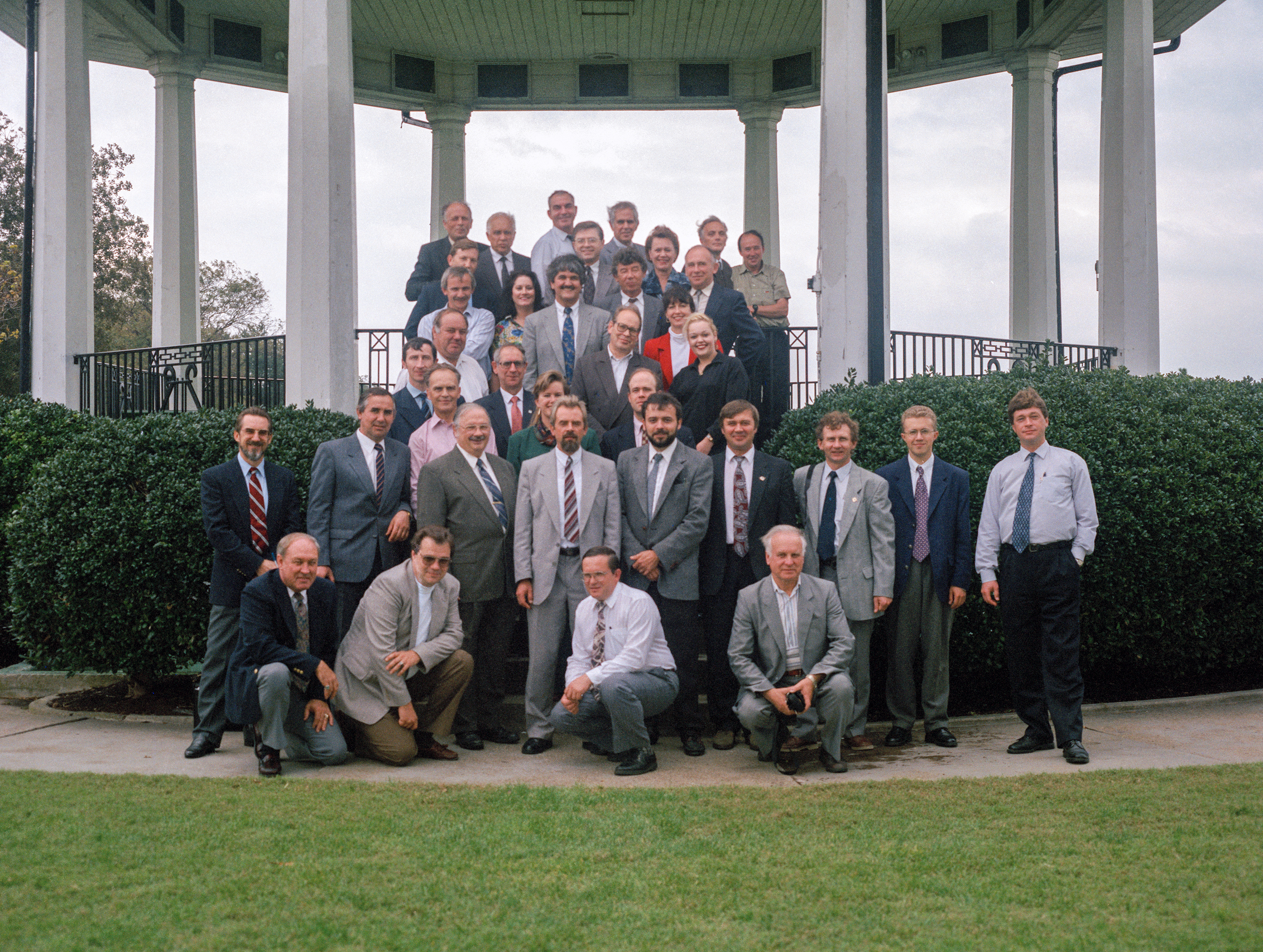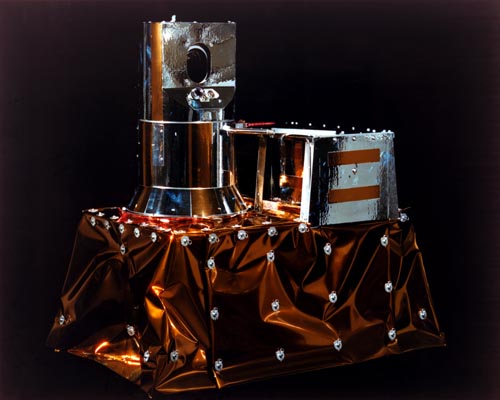The Stratospheric Aerosol and Gas Experiment I (SAGE I) was launched February 18, 1979, aboard the Applications Explorer Mission-B (AEM-B) satellite. SAGE I was a sun photometer that used solar occultation to measure aerosols and important stratospheric gases in the atmosphere. SAGE I collected valuable data for nearly three years until the power system on the satellite failed.
SAGE I measured the profile of stratospheric aerosol extinction coefficient, ozone, and nitrogen dioxide. That data is still used globally in the study of trends, atmospheric dynamics and transport, and potential climatic effects.
While SAGE I was active, it provided the scientific community with a global depiction of the distribution of stratospheric aerosol extinction coefficient at visible and near infrared wavelengths, ozone and nitrogen dioxide. Using these models of distribution, SAGE I contributed unique and crucial input to the understanding of global, seasonal and inter-annual variability in climate and, in particular, trends in stratospheric ozone. SAGE I is a predecessor to the SAGE III Mission, which is continuing the valuable research of the SAGE Program.


